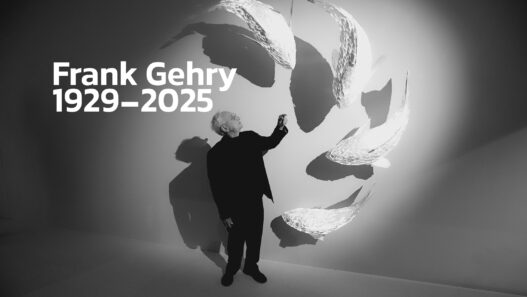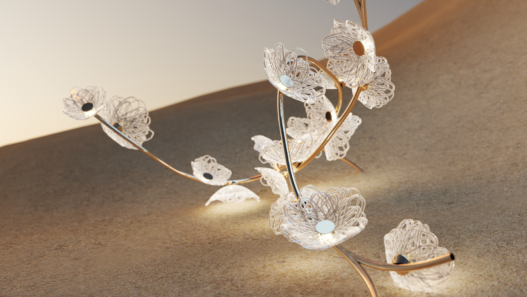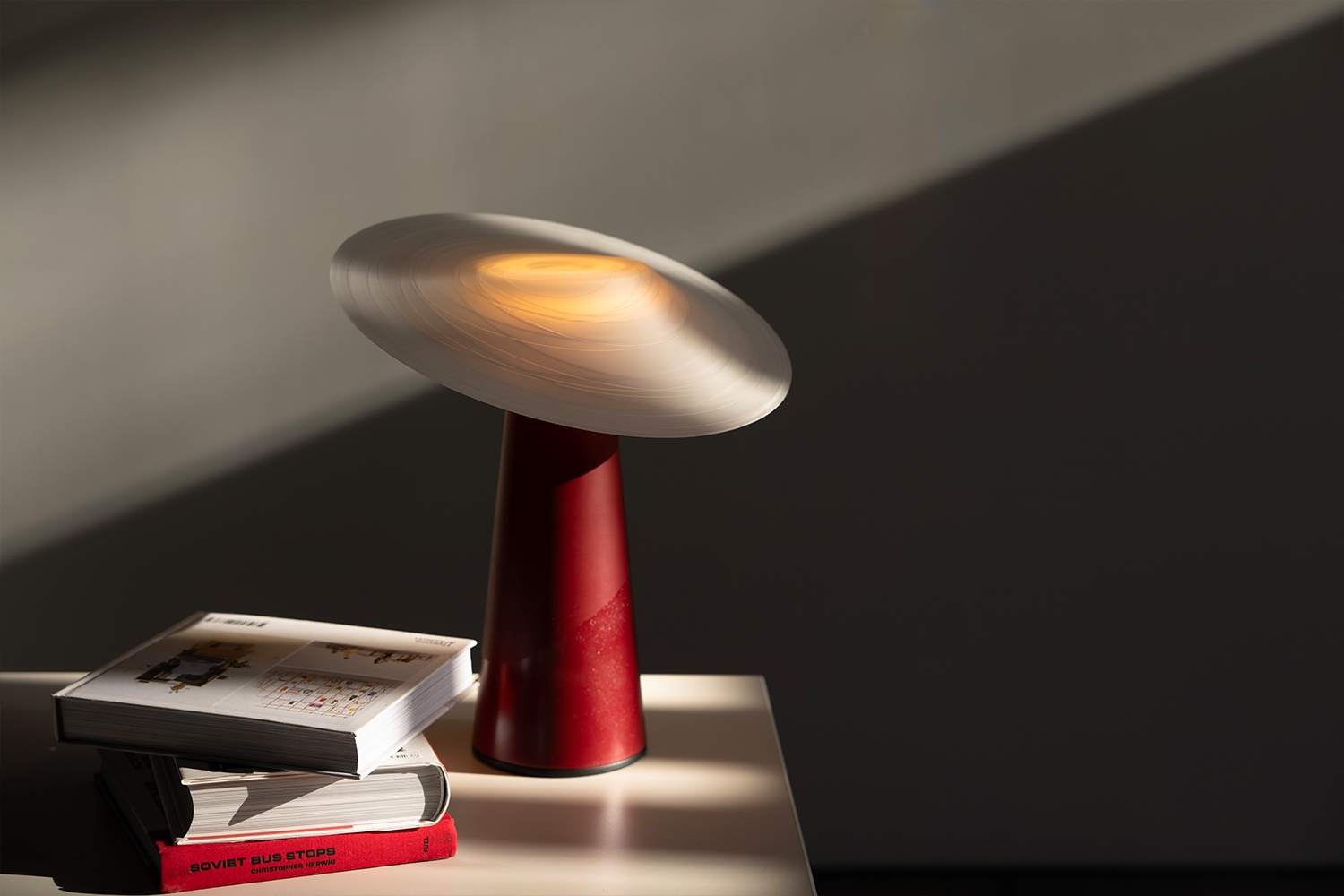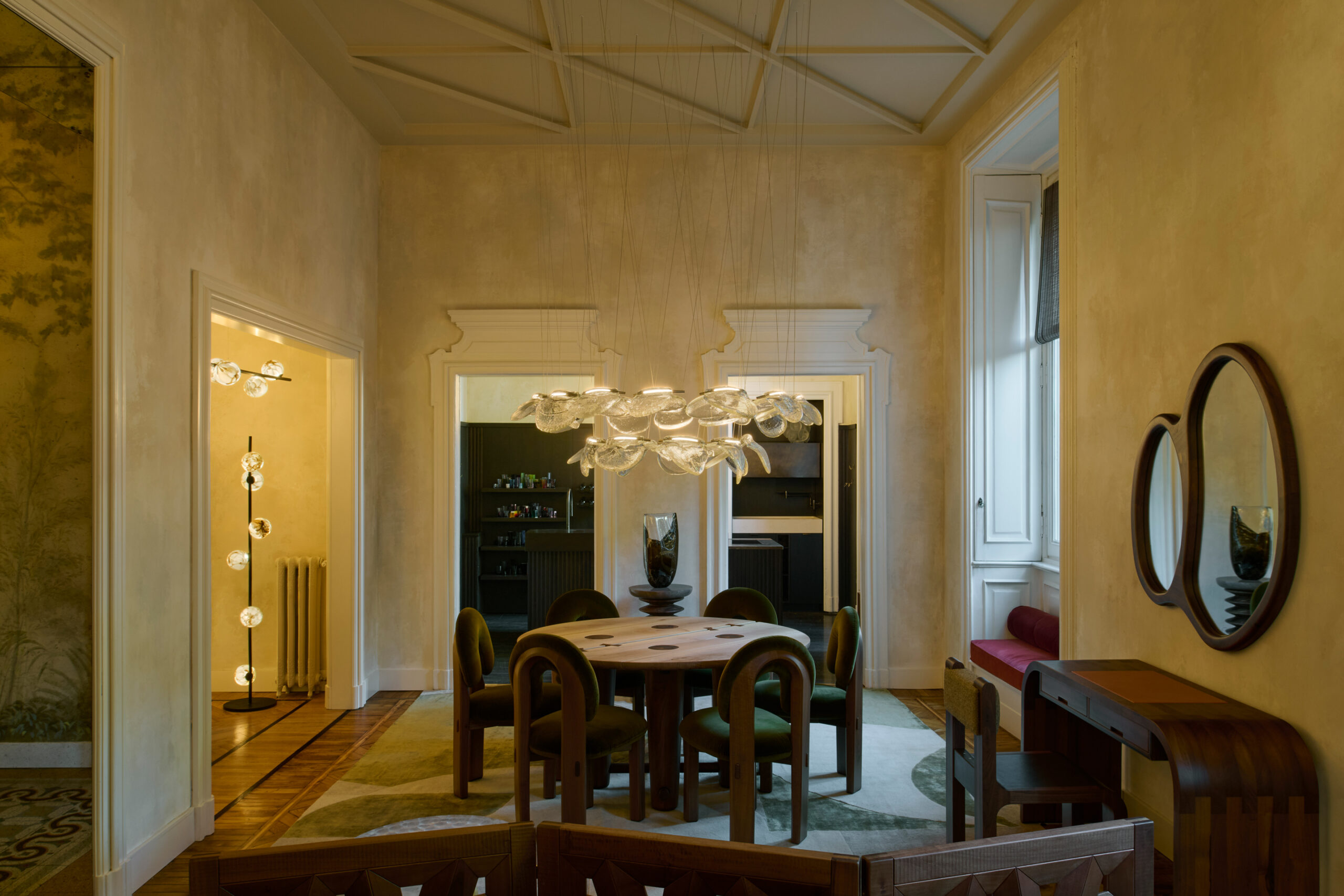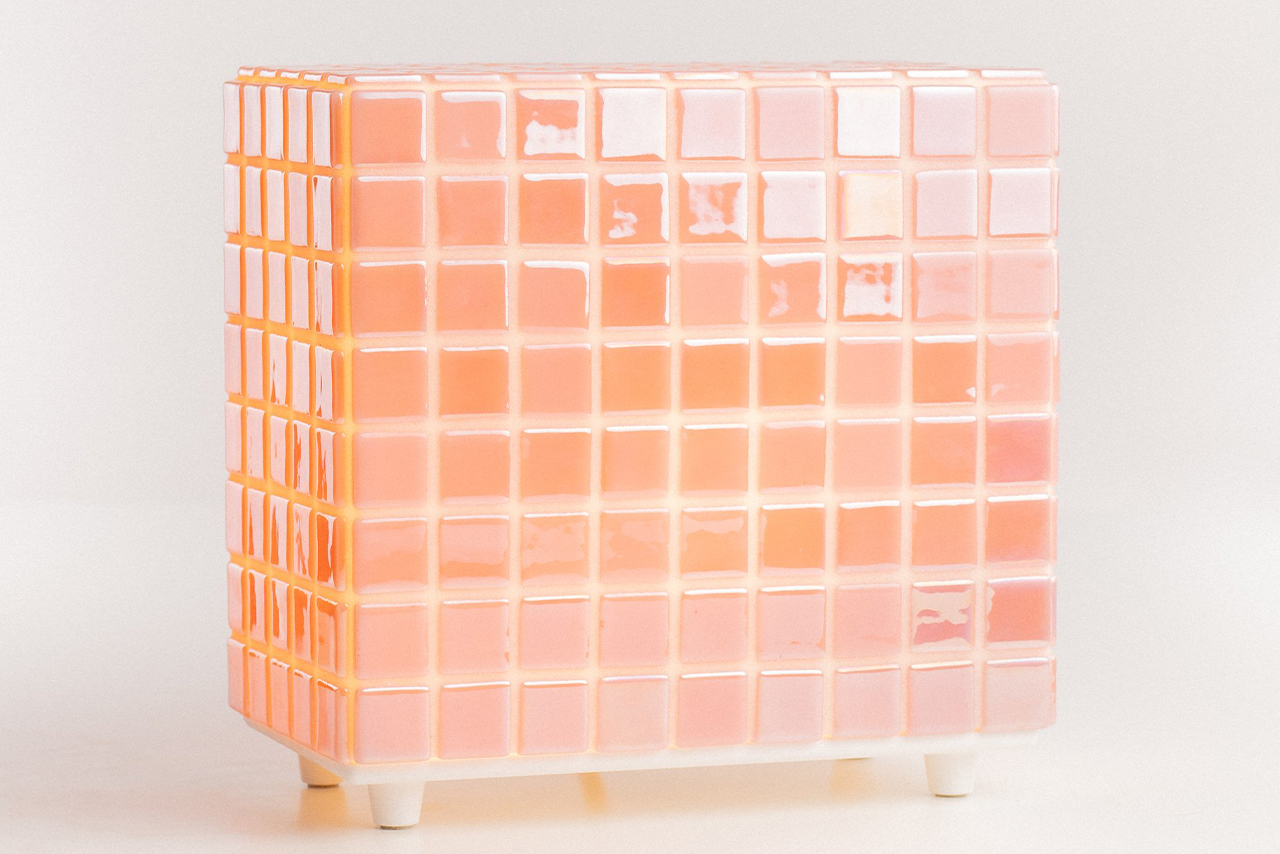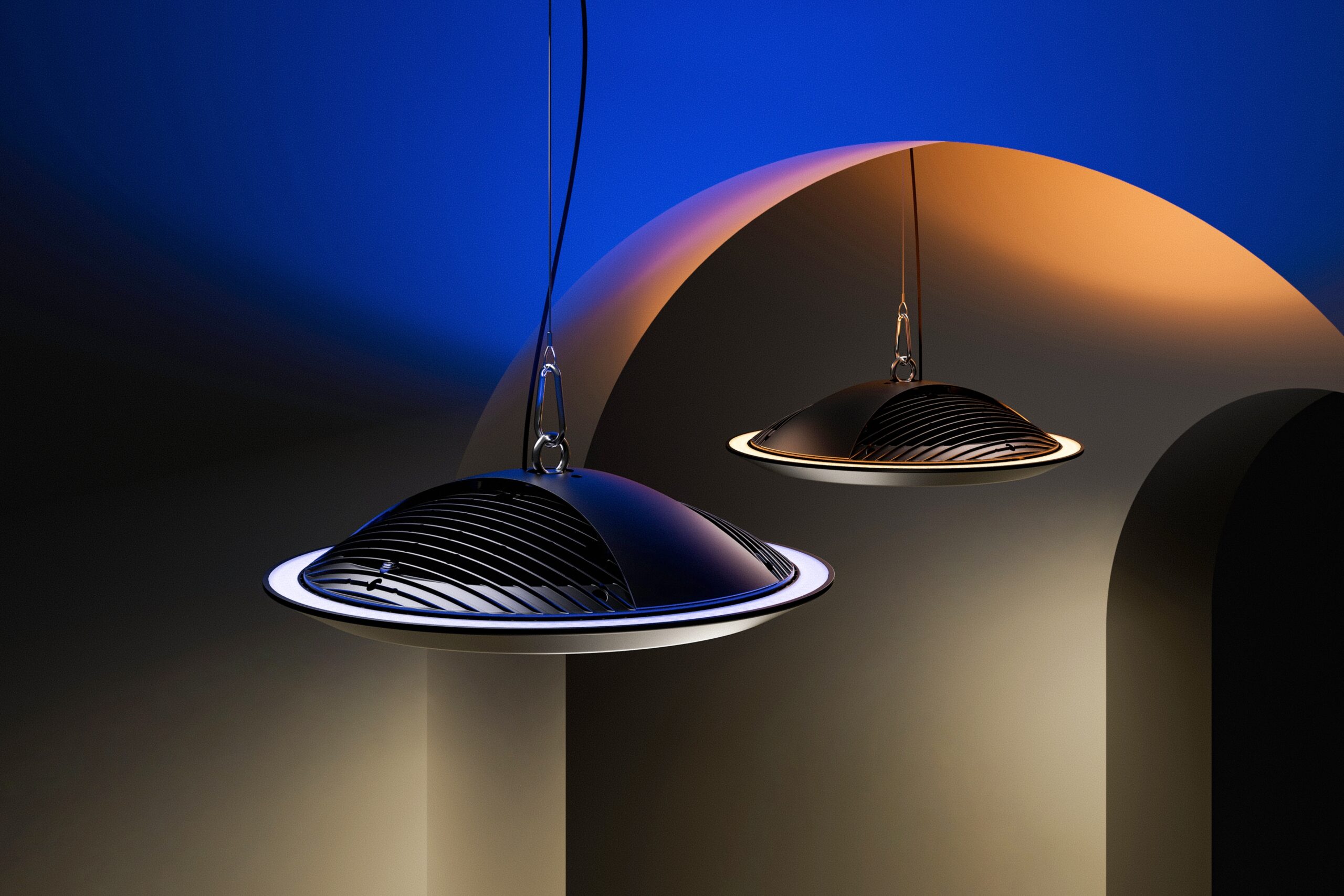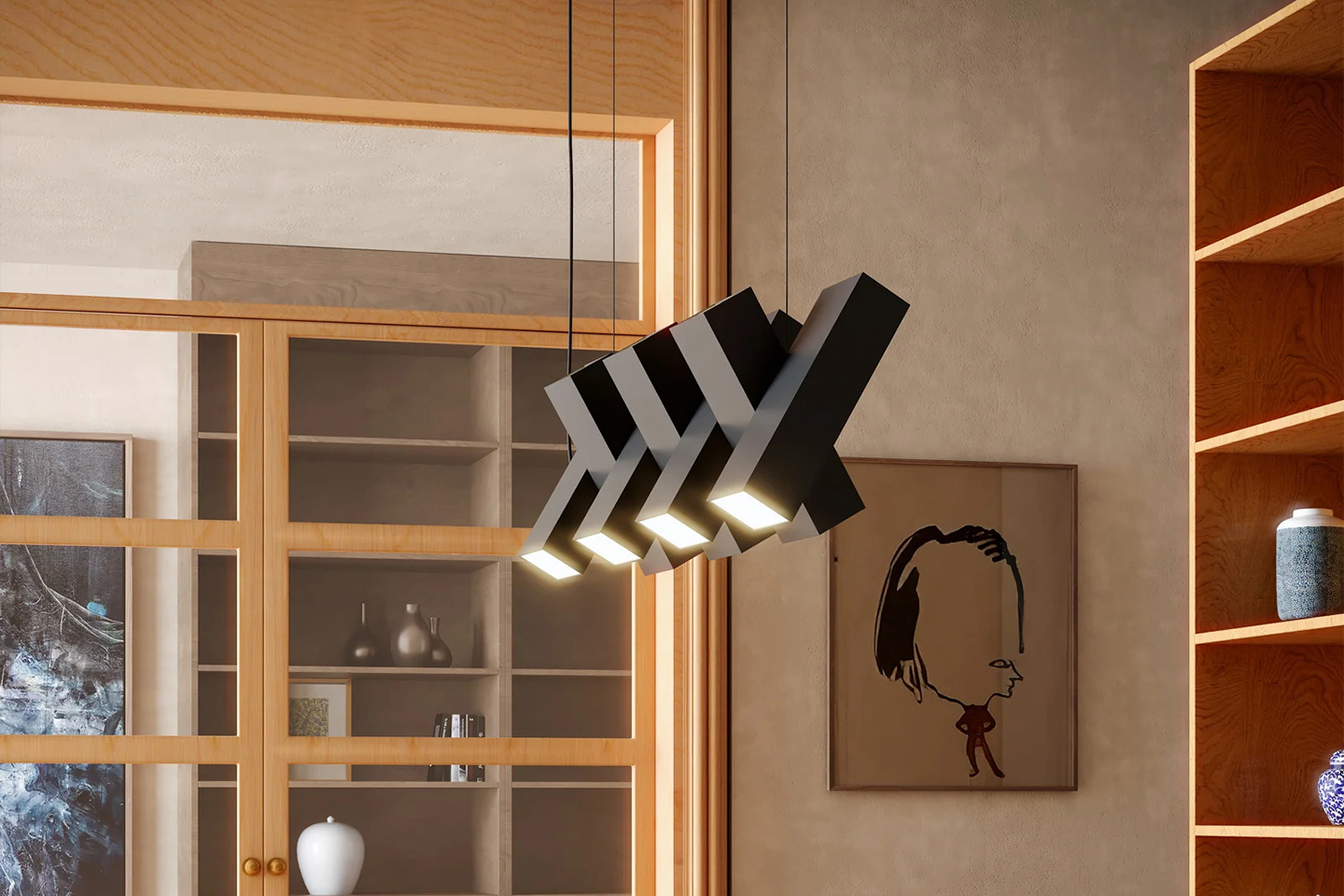Light Remembers Silent Women
“Dai” is not merely a light source. It stands like a three-legged narrator that whispers, rather than speaks, the silent but persistent movement of women who have long lived in the margins and are now reborn under the soft and ambiguous glow of a lamp. It sits humbly on the ground like a fragment of a stage, a prop that wears a slanted hat which instead of concealing a face, gives birth to a mysterious light. The design narrates its story of femininity with dignity, without exaggeration or cliché, not through flamboyance but through quiet presence.

At first glance, the lamp’s shape resembles a paused gesture in the midst of a dance. A body leaning gently, head bowed under an angled hat, saluting a sharper shaft of light. This tilt is not merely formal. It orchestrates a choreography of illumination and shadow. The light emerges not outward, but bounces back inward and onto the shade itself. It does not seek to reveal but to suggest. This subtle yet intelligent system of light that combines functional downward lighting with a reflective upward glow evokes not just a visual form but a specific emotional resonance. The reference that rises here is not to an object but to a mood. In the world of painting, it brings to mind Amedeo Modigliani’s “Woman with a Hat” not because of physical similarity but because of the shared secrecy, the way both hide the face to let presence expand.
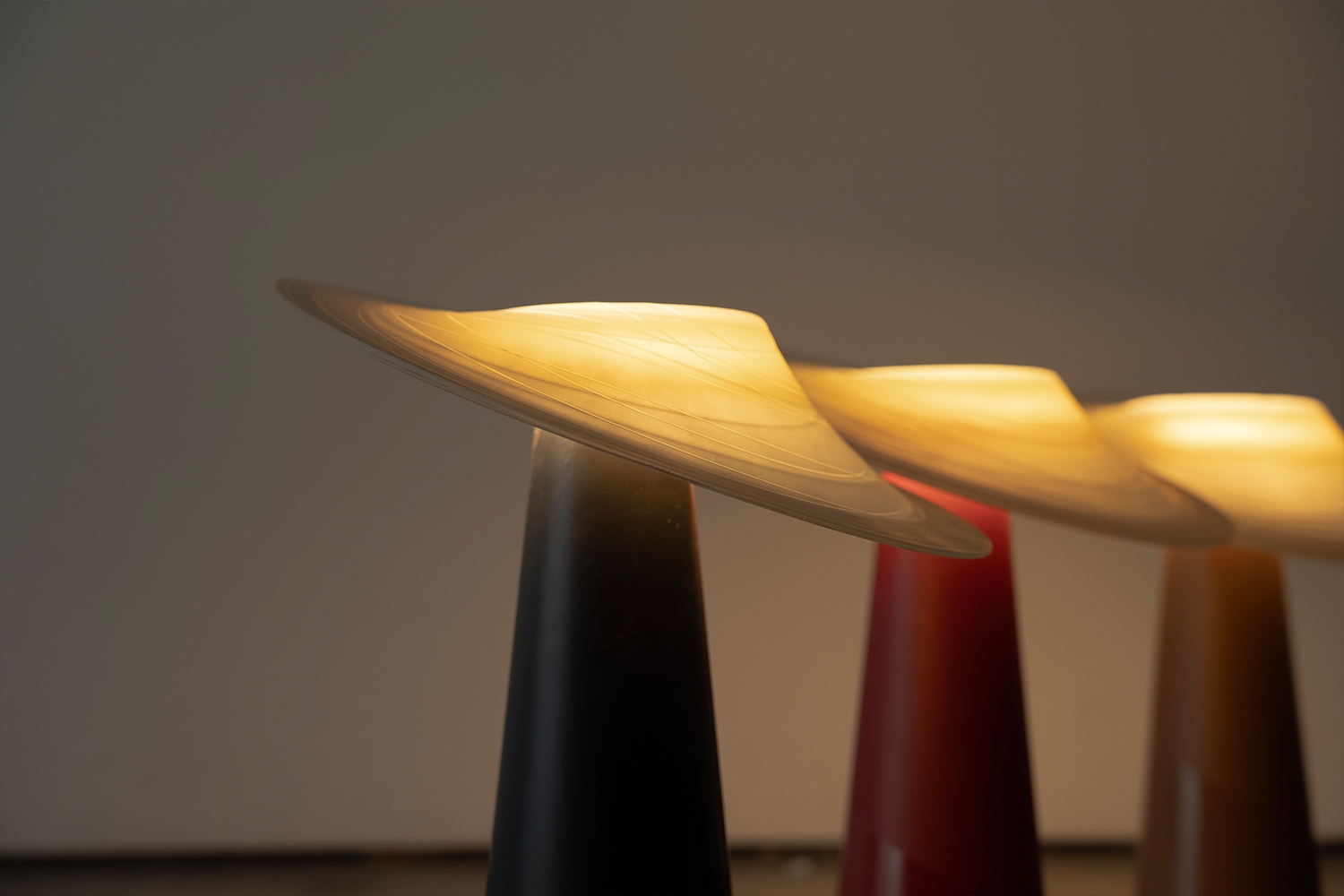
From a functional perspective, “Dai” is clearly not designed for general or ambient lighting. It does not aim to illuminate a space but rather to inscribe an atmosphere within it. It is a personal, emotional, almost private light. A light that feels more like memory than visibility, more like an echo than an announcement. And this poetic limitation naturally reduces its functional performance. The slanted design of the shade, its firm geometry and asymmetry, create zones of darkness. For contexts demanding efficiency and brightness, it falls short. But perhaps this is intentional. Just as the Dai dancers hide their faces to shift focus to movement and feeling, this lamp chooses to withhold full visibility in order to emphasize a subtler presence.
Structurally and gesturally, the lamp stands on a fine line between sculpture and product. The meeting of the upright base and the tilted disc forms a quiet visual contradiction that creates tension and life. The repetition of etched circular lines on the shade, the dual-toned ceramic base, the materiality of light itself all create a kind of held breath. There is an internal rotation inside the stillness, a spiral caught in its own silence. It is clear that the designer is not merely shaping light but composing a frozen gesture from a dance. The lamp does not feel like an object placed in a room, but like a movement paused in time.
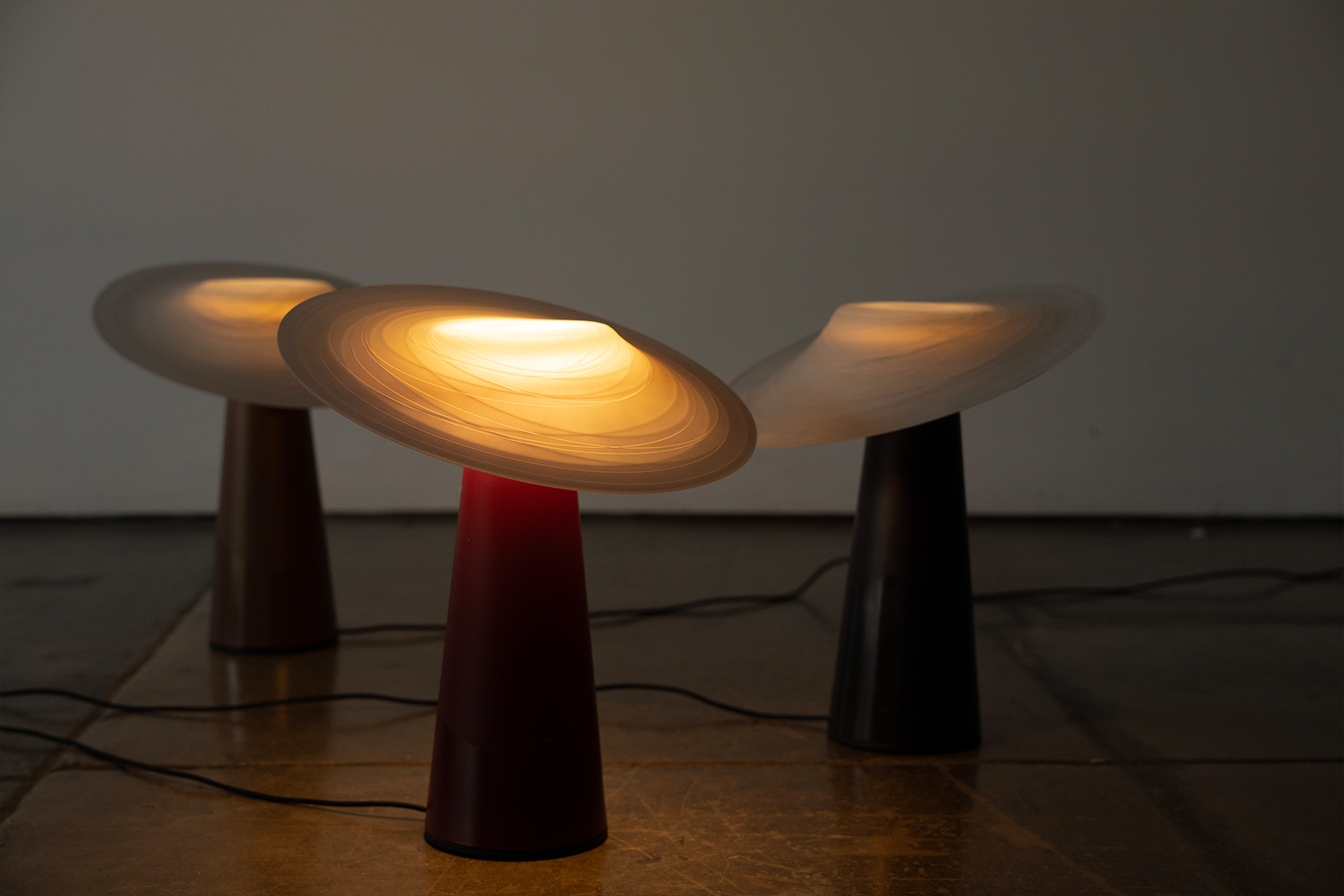
Its sustainability message is also not a gimmick. It sincerely tries to offer more than just a recyclable form. It aims to become a long-term emotional object. A lamp that holds a whisper of the past, a memory from a southern village, a myth told through material. The ability to dismantle parts for efficient packing is clever, but what remains stronger is the silent wish that the user will keep this lamp not just out of function but out of emotional attachment. Like a ritualistic tool. Like a tambourine in the hand of a dancer that carries not just sound, but memory.
In the end, “Dai” is not a product that fills space. It transforms space. At first it may resemble the tilted straw hat worn by the women of the Dai community in Yunnan, but on second look it becomes a metaphor for veiled identity. For women who have always been present yet unseen. Like a scene from a forgotten dance, this lamp does not fully reveal and does not fully hide. It illuminates sideways. It glows like memory, like myth, like something remembered just before sleep.
Designer : Ming-Li Chang
Prize: LIT Lighting Design Award




